
State to Expand Medicaid Coverage for Moms & Babies

FOR IMMEDIATE RELEASE May 2, 2022 Contact: Press@michigan.gov
Gov. Whitmer Announces State to Expand Medicaid Coverage for Moms & Babies New approval expands coverage to full 12-month postpartum period, a key competent of Governor Whitmer’s Healthy Moms, Healthy Babies initiative
LANSING, Mich. – Coinciding with the beginning of Maternal Mental Health Awareness Month, Governor Gretchen Whitmer today announced that the state’s request to expand Medicaid coverage for a full 12-month postpartum period to ensure the health and well-being of moms and babies across Michigan had been approved by the Centers for Medicare and Medicaid Services (CMS). This expansion is a critical component to the governor’s Healthy Moms, Healthy Babies initiative.
“As a mom of two, I know firsthand how vital it is for every mom to have access to high-quality, affordable healthcare to care for herself and her new baby,” said Governor Gretchen Whitmer. “By extending these critical, 12-month postpartum benefits, we can improve long-term outcomes for moms and babies and close health disparities. We will continue working together to ensure every family can thrive with access to behavioral health services, screenings, and treatments to lead healthy and successful lives.”
“I have long supported legislation to make this extension of postpartum care permanent, and I am so grateful to have an ally in this fight in Governor Whitmer,” Sen. Winnie Brinks (D-Grand Rapids) said. “New moms and their health care providers agree that current standards of postpartum care are antiquated, especially in communities where health disparities exist. This is a huge step towards ensuring every new mom gets the care and support she needs, and we know healthy moms have healthy babies, laying the foundation for a healthy life.”
Under existing requirements, many Medicaid enrollees receive coverage through the end of the month in which their 60-day postpartum period ends. Maintaining Medicaid coverage for a full year provides access to critical health and dental services during the first year after pregnancy, which can help to address persistent health disparities. The approximately $20 million budgeted for this expansion will benefit an estimated 35,000 pregnant and postpartum people in Michigan annually.
“Being able to ensure continuity of care for Michigan moms and babies is critical to reducing preventable deaths and will lead to better long-term health outcomes for new parents and newborns,” said Elizabeth Hertel, Director of the Michigan Department of Health and Human Services. “Extending Medicaid postpartum coverage will assist the state in its continued efforts to improve access to care for all Michigan families and equitable health outcomes.”
This extension promotes access to critical behavioral health services that can reduce pregnancy-related deaths and severe maternal morbidity and improve continuity of care for chronic conditions such as diabetes, hypertension, cardiac conditions, substance use disorder and depression. Extending postpartum eligibility will provide increased opportunities for beneficiaries to complete postpartum depression screening and receive referrals to services and supports for needed treatment. Beneficiaries will have similar access to supports and treatment for substance use disorder conditions if needed as well.
Access to high quality health care services is a critical component of statewide efforts in addressing maternal morbidity and mortality rates in Michigan. As of January 2018, Michigan’s Maternal Mortality Surveillance (MMMS) Committee found that approximately 50% of maternal deaths in Michigan were preventable.
One of the possible prevention measures identified by the MMMS committee is access to family planning and other medical health care services. Additionally, among pregnancy-related deaths in Michigan the committee found persistent racial disparities.
Current Medicaid recipients do not need to take any actions to receive the extended coverage. It will be extended automatically to 12 months past their reported delivery date.
To apply for Medicaid or other medical assistance programs, go to Michigan.Gov/MIBridges.
|

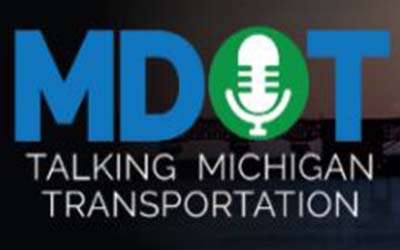




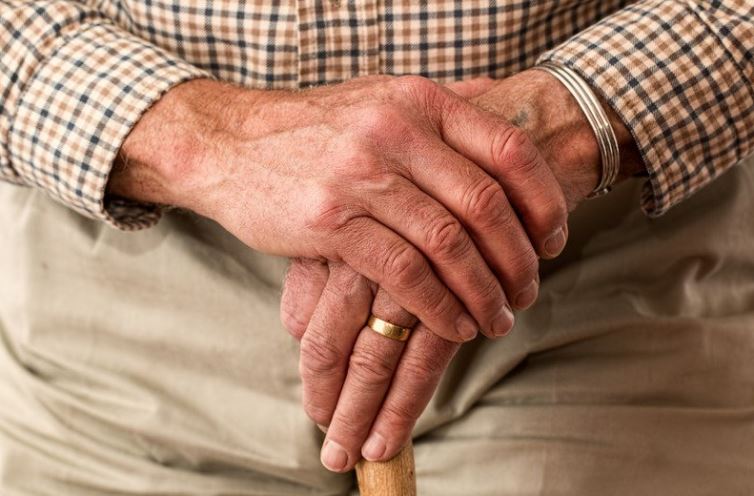



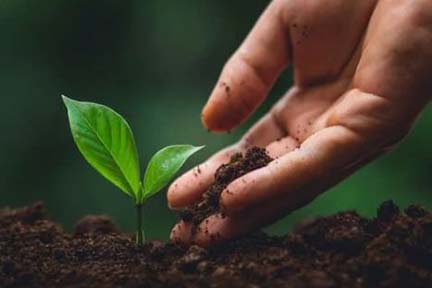

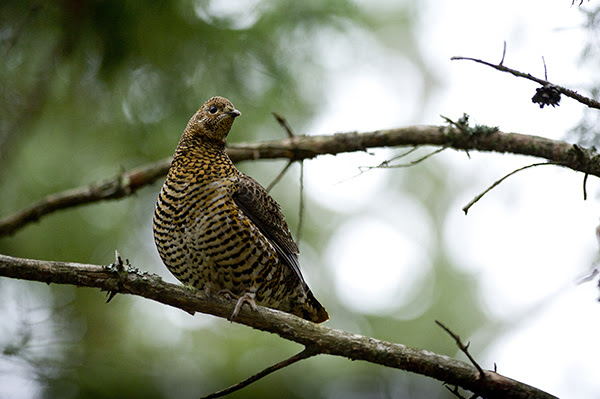
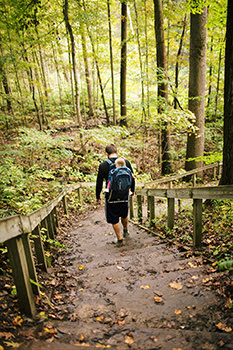 Michigan’s 20 million acres of forests include about 100 native conifer and broadleaf tree varieties adapted to thrive in a variety of soils and climates. Learn about a few of them on the Michigan Department of Natural Resources’ growing
Michigan’s 20 million acres of forests include about 100 native conifer and broadleaf tree varieties adapted to thrive in a variety of soils and climates. Learn about a few of them on the Michigan Department of Natural Resources’ growing 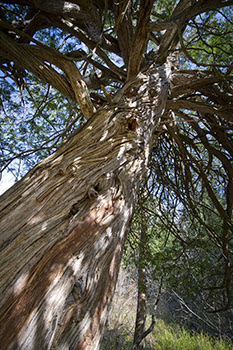 Trees provide wildlife with places for nesting, food and shelter. They also provide benefits to the human communities where they grow.
Trees provide wildlife with places for nesting, food and shelter. They also provide benefits to the human communities where they grow.
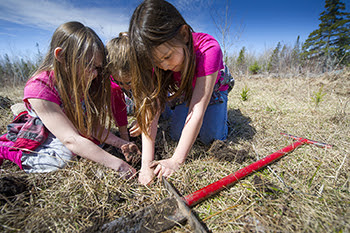 Ready to plant a tree? The most important consideration is “right tree, right place.” Not all trees need the same conditions to thrive. Put simply, a horse and a hamster are both pets, but you wouldn’t feed or house them the same way. The same goes for trees! A towering white pine might be a great fit for a sunny, open space, while a small, flowering redbud might be better suited to an area with power lines or partial shade.
Ready to plant a tree? The most important consideration is “right tree, right place.” Not all trees need the same conditions to thrive. Put simply, a horse and a hamster are both pets, but you wouldn’t feed or house them the same way. The same goes for trees! A towering white pine might be a great fit for a sunny, open space, while a small, flowering redbud might be better suited to an area with power lines or partial shade.
 In addition to providing
In addition to providing